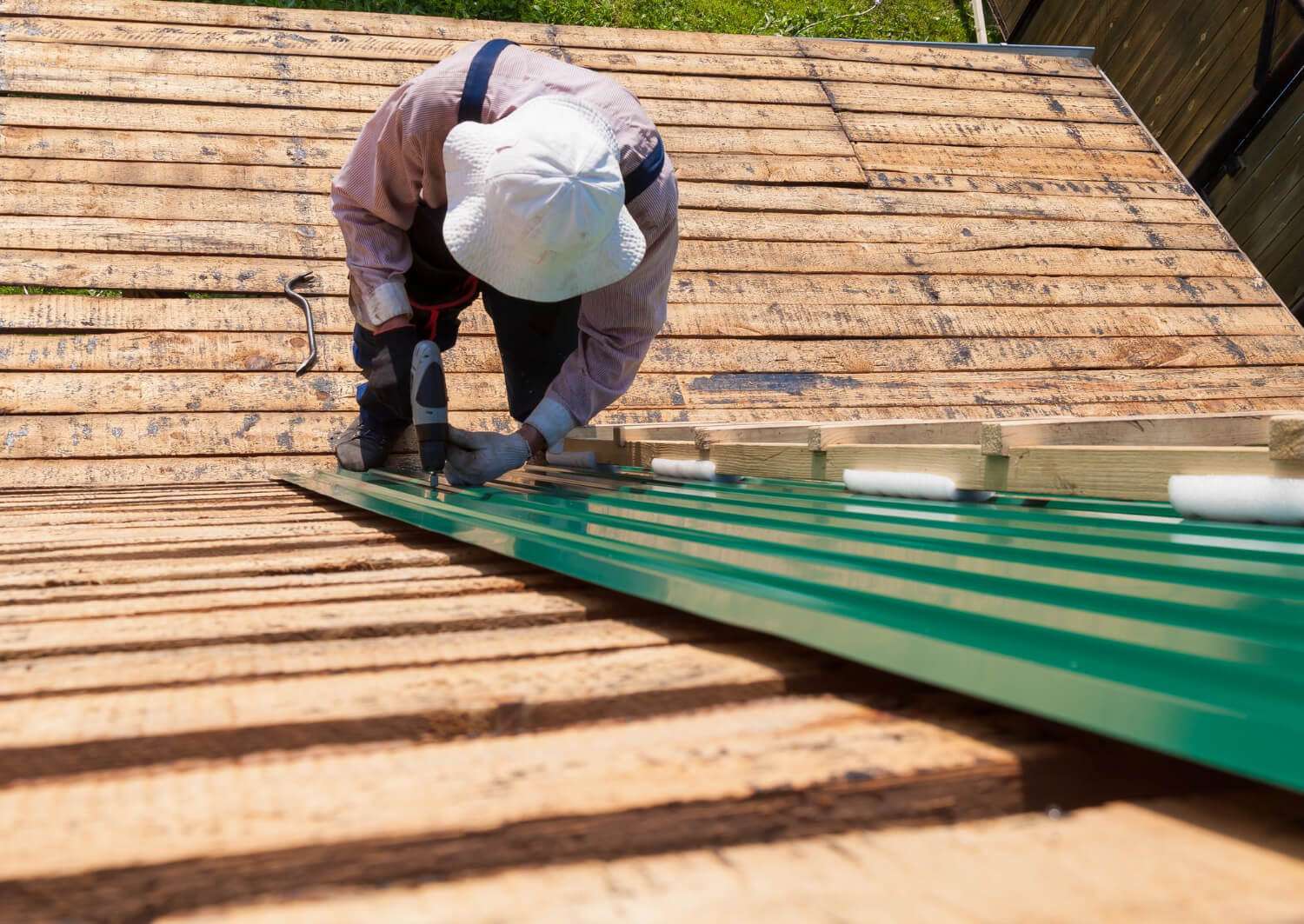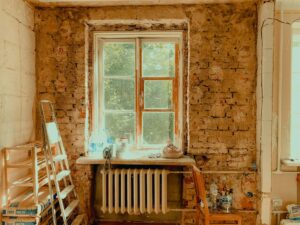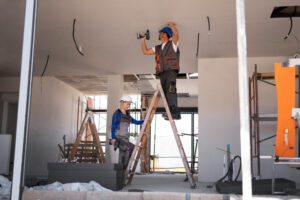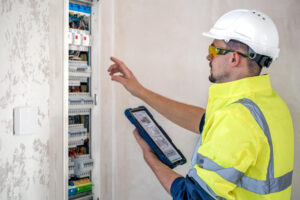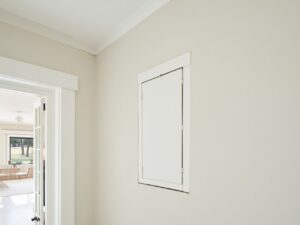A roof serves as the first line of defense for any building, shielding it from the elements year-round. Over time, wear and tear can weaken its structure, making it vulnerable to leaks, damage, and costly repairs. While replacing an entire roof may be necessary in some cases, restoration offers a practical and often more affordable option to maintain and extend the life of your roof. By addressing existing issues and reinforcing its protective qualities, roofing restoration can save property owners significant time and money.
Addressing Minor Issues
Small problems like cracked shingles, loose flashing, or minor leaks might seem insignificant at first, but left unattended, they can escalate into larger issues that compromise the entire roof. Taking prompt action to fix these concerns can prevent water infiltration, mold growth, and structural damage. This is where hiring experts like Summit Roofing & Restoration comes into play. Their experience and specialized tools allow them to identify and repair these minor problems before they worsen, which can dramatically increase the durability of your roof. A thorough inspection followed by targeted repairs lays the foundation for a successful restoration project.
Cleaning and Surface Preparation
Dirt, algae, moss, and debris accumulate on roofs over time, trapping moisture and accelerating material deterioration. Cleaning the roof surface is a crucial step in restoration. Proper cleaning removes contaminants that could interfere with coatings or sealants applied later. Methods such as soft washing or gentle power washing are used to avoid damaging roofing materials. Preparing the surface ensures that restorative products adhere correctly and function as intended, giving the roof an extended lifespan.
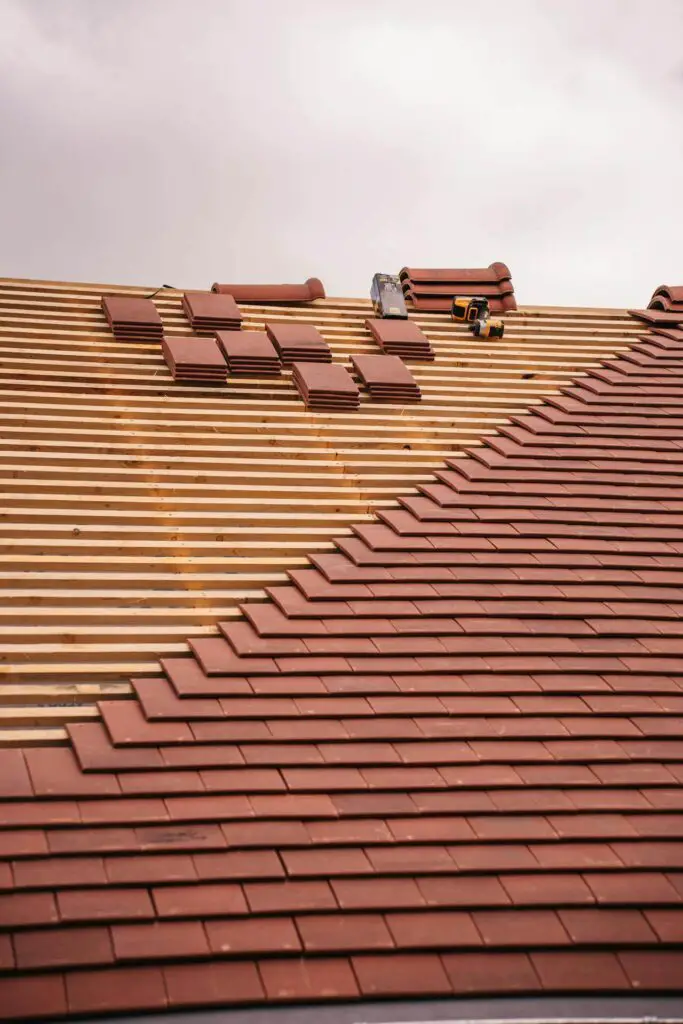
Applying Protective Coatings
Once the roof has been thoroughly cleaned and repaired, the next crucial step in the restoration process involves applying protective coatings. These coatings serve as a defensive layer that shields roofing materials from the damaging effects of weather, such as intense sunlight, heavy rain, wind, and temperature fluctuations. By forming a waterproof barrier, protective coatings prevent water from seeping into the roof’s surface, which can otherwise cause leaks, mold growth, and structural weakening over time. Many of these coatings are specially formulated to resist ultraviolet (UV) rays, which are known to break down roofing materials by causing them to become brittle and crack.
Some advanced coatings also offer reflective properties, bouncing sunlight away and helping to keep the building cooler. This not only extends the life of the roof but can contribute to lower energy bills by reducing the need for air conditioning during hot months. The type of coating chosen often depends on the roof’s material—whether it’s metal, asphalt, tile, or another substrate—as well as the local climate and exposure conditions. Proper application is critical to ensure full coverage and adherence, which is why it’s often best handled by experienced professionals.
Repairing Structural Elements
During the restoration process, the underlying structure supporting the roofing materials is also evaluated. Structural components like rafters, trusses, and decking may suffer from rot, insect damage, or weakening over time. Repairing or reinforcing these parts prevents sagging or collapse and ensures the roof maintains its integrity. Addressing structural concerns as part of restoration avoids costly replacement in the future and provides peace of mind for building owners.
Enhancing Drainage Systems
Enhancing drainage systems is a crucial part of roofing restoration that often goes overlooked but has a profound impact on the roof’s longevity. Water that does not drain properly can accumulate on the roof surface or around the foundation, leading to a host of problems. When gutters become clogged with leaves, dirt, and debris, they can overflow, causing water to seep under shingles or drip down walls, resulting in leaks and water damage inside the building. Additionally, downspouts that are blocked or improperly positioned fail to direct water away from the structure, which can cause pooling near the foundation and contribute to soil erosion or basement flooding.
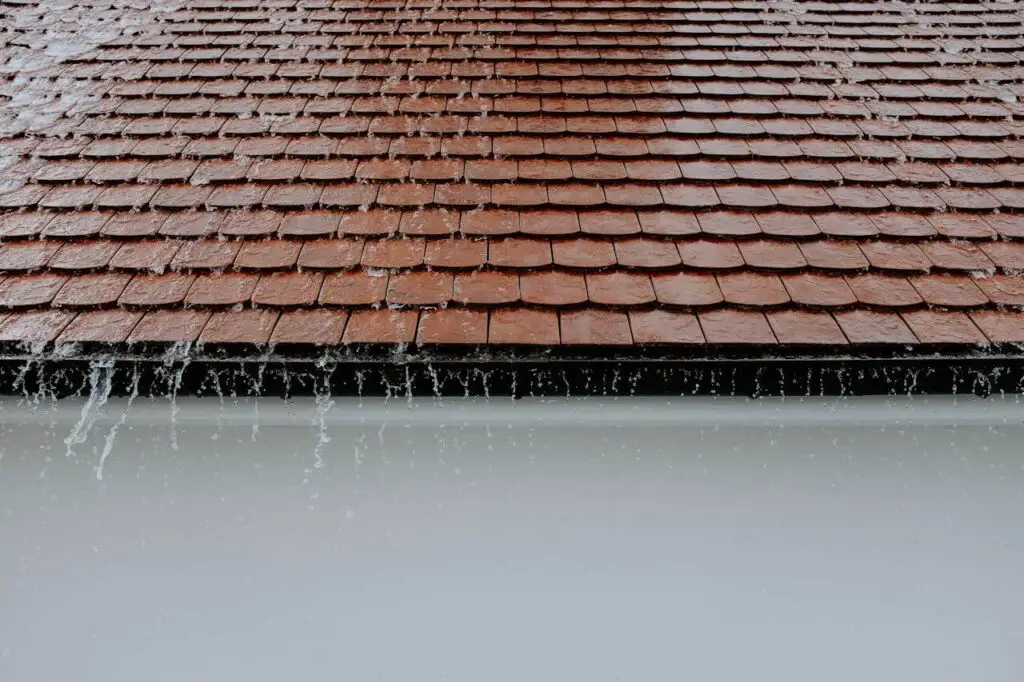
During restoration, professionals carefully inspect the entire drainage system, clearing out any blockages and repairing or replacing damaged gutters and downspouts. They may also assess the roof’s slope and pitch to make sure water flows naturally toward drainage points without pooling in any areas. Sometimes, adding additional drainage elements, such as scuppers or internal drains, becomes necessary to handle heavy rainfall more effectively. These improvements help prevent water from lingering on the roof, which can degrade roofing materials, promote mold growth, and increase the risk of structural damage. A well-functioning drainage system not only protects the roof but also safeguards the building’s overall structural health, making this step vital for extending the lifespan of any roof through restoration.
Regular Maintenance and Inspection
Regular maintenance and inspection play a crucial role in keeping a restored roof in optimal condition over time. Once the restoration process is complete, the roof isn’t simply finished—it requires ongoing attention to remain effective at protecting the structure beneath. Scheduling periodic inspections helps catch emerging issues early, such as small cracks, loose shingles, or minor leaks, before they develop into major problems that require extensive repairs. These inspections can also identify damage caused by storms, falling debris, or natural wear from exposure to sun, wind, and rain.
Along with visual checks, maintenance includes routine cleaning to remove leaves, dirt, and moss that can accumulate and trap moisture, accelerating deterioration. In many cases, protective coatings applied during restoration will need to be reapplied after a few years to maintain their effectiveness against UV rays and water penetration. Establishing a regular maintenance schedule not only extends the lifespan of the roofing materials but also preserves the structural integrity of the entire roof system. This proactive approach reduces the likelihood of unexpected failures and costly emergency repairs, saving property owners money and stress in the long run. Ultimately, consistent care and timely intervention ensure that the investment made in roofing restoration continues to pay off for many years, keeping the roof strong, safe, and reliable no matter the season.
The process of roofing restoration provides a cost-effective alternative to complete roof replacement while significantly prolonging the roof’s service life. Addressing small issues early, cleaning thoroughly, applying protective coatings, repairing structural parts, optimizing drainage, and committing to regular upkeep combine to keep any roof strong and reliable for years. With expert help and a well-planned restoration, roofs can continue to protect homes and buildings far beyond their original expected lifespan.

